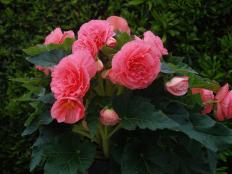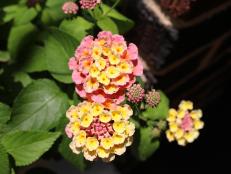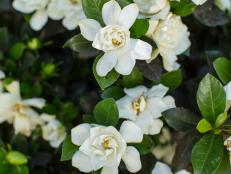Daylily Division Tips

Image courtesy of Oakes Farm/Photo by Alice Woodrome
A couple of weeks ago, we published a tutorial on how to plant daylilies in the fall. If you already have a few of these crowd-pleasing perennials and would like to have more next year — or a friend or neighbor is willing to share her bounty — dividing the plants can help you increase your yield next spring. So keep reading for some tips on how to divide daylilies.
But before you get started, consider your climate: daylilies should go into the ground with enough time before first frost to establish a strong root system, 4-6 weeks before the first hard frost. If you live in a northern region, you may have missed the boat and should probably wait until spring to divide. However, in a warmer region this might be the perfect time to divide.
If you’ve determined that this is the right time of year for you, let’s get started!
- Trim off the tops of the foliage with pruning shears.
- Dig up the root ball under a clump of daylilies. Think big: root balls can be significant in size, so dig out a few inches around the plant to make sure you get it all.
- Flip the root ball over, and use a spade to divide it into 6-8 inch clumps.
- If this method yields enough new plants for you, you can simply re-plant the clumps about two feet apart.
- If you need more plants, you may want to divide the plants into individual fans. Gently coax apart the leaf fans with your hands. Each new planting should consist of a single fan of leaves with a cluster of attached roots.
- Replant fans in prepared soil 6-12 inches apart.













































